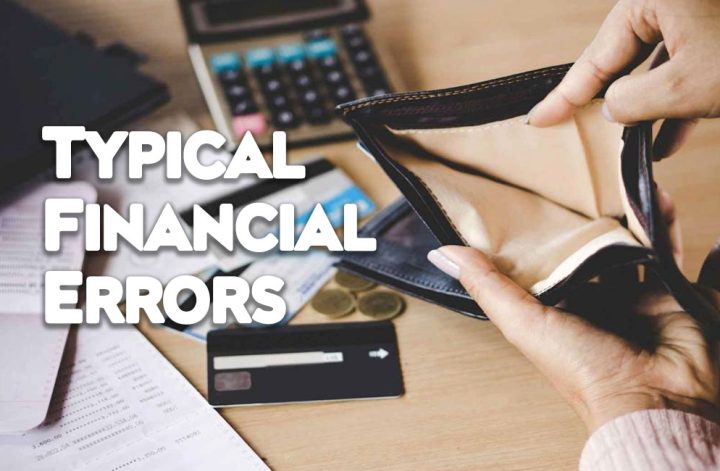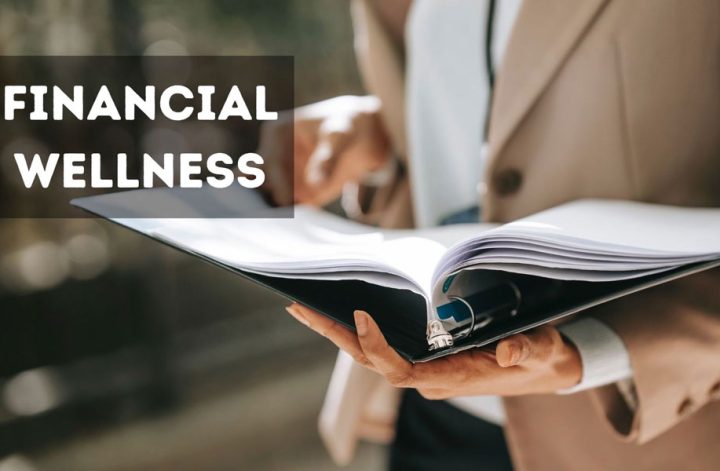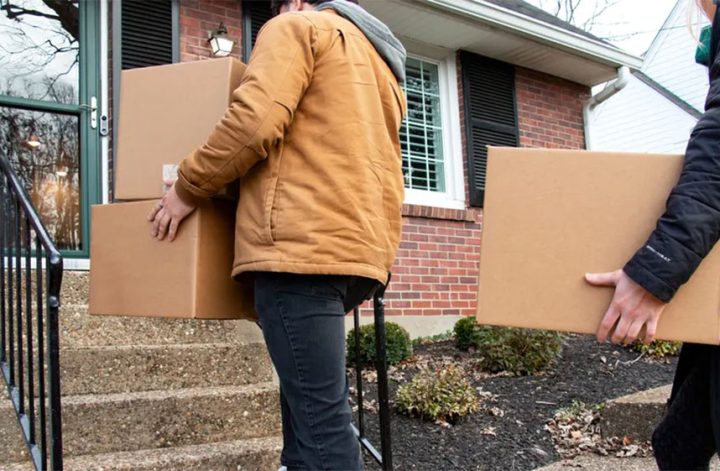We could all benefit from some money-making advice. Optimising your money can help you achieve your goals, whether they include saving for retirement, paying off debt, or purchasing a home. However, financial errors can cause more harm than good.
To be proactive, there are a few things you can do. Make a budget plan and keep tabs on your expenditures (these personal finance apps can assist). Determine how much you can contribute each month to your objectives, and make sure you stick to it. Remember to look for methods to cut costs or save on necessities, such as searching Facebook Marketplace for sales.
After doing some maths, we’ve calculated how much you might be losing out on. These are the most frequent financial errors you can be doing without even recognising it, ranging from failing to use coupons to neglecting a high-yield savings account.
1. Purchasing groceries without using digital coupons
Nowadays, the majority of supermarkets have apps that provide coupons that are only available digitally. You may save hundreds of dollars annually if you take five minutes to compare your shopping list with the online deals. Additionally, you might look for sales on things like booze or non-perishable foods that you regularly purchase and stock up on.
Potential weekly savings are estimated to be between $2 and $50.
2. Purchasing prescribed drugs at full price
You might believe that the best deal on prescription drugs will be obtained through your health insurance. However, you can be paying a significant markup in comparison to a cheaper price offered by another drugstore or through an app like GoodRx.
Chandan Nayak, MD, a psychiatrist in Tucson, says, “I always have my patients check the GoodRx price before calling it in to the pharmacy, regardless of whether I’m prescribing a generic or brand name medication.” Throughout the year, a fast check can save you hundreds or thousands of dollars on prescription prices.
Potential savings range from $10 to $2,000 per prescription, according to estimates.
3. Underutilisation of workplace perks
Greg Ward, CFP® and Think Tank Director at Financial Finesse, argues that many workers are unaware of the thousands of dollars they could lose year if they don’t take full advantage of their job perks.
Benefits like tuition reimbursement, wellness incentives, and employer 401(k) matches can be very effective. It’s “one of the simplest ways to maximise your total compensation and build long-term financial security,” according to Ward, so take the time to learn about your benefits and how to apply them.
Experts estimate that you might save up to $1 million throughout your career.
4 Maintaining a low-interest savings account
Do you own a savings account with a high yield? You’re losing out on hundreds or thousands of dollars in interest if you’re holding thousands in an account that earns less than 1% interest.
To protect against overdrafts, it’s a good idea to maintain a small savings balance in an account linked to your checking account. However, a simple method to increase your income is to move your emergency fund or other goal-based savings to a high-yield savings account.
At current interest rates, the estimated potential savings for a $10,000 balance would be $350+ annually.
5. Discarding leftover produce
Everyone has experienced the situation where they buy vegetables with the best of intentions, only to forget about them until it’s too late.
“We’ve all found wilting produce in the back of the crisper, right?” “The average American spends $700+ a year on food they don’t eat.” Sarah Von Bargen, a marketing expert and money-saving expert, explains.
Reducing food waste doesn’t have to be difficult. When produce reaches the end of its shelf life, simply put it in the freezer to be used later in soups, sauces, or smoothies.
Potential savings estimated: $700 annually
6 Paying maintenance fees for bank accounts
It’s time to transfer banks or account types if you’re paying a monthly maintenance fee to keep your checking account active.
Almost all banks provide a free checking service. Although there is a lower chance of earning interest on this account, you should primarily utilise your checking to pay your monthly expenditures and save the remainder. Your monthly maintenance cost is probably not offset by the interest difference compared to a free account because of this reduced account balance.
Potential savings estimated: $25 a month
7 Using a third party to make a vacation rental reservation
You can save hundreds of dollars by booking directly with hosts for many of the short-term rentals listed on VRBO or Airbnb.
“You can save anywhere from 10-20% on your reservation by finding the host’s website and booking directly with them,” says Jenn Eddy, host and owner of Vacay In Tucson Luxe Vacation Rentals. By making reservations directly on our website instead of through the major platforms, our clients avoided paying over $14,000 in fees in 2024.
A Google image search tip is to paste an image from the listing. Since most hosts use the same images across all platforms, you can discover the greatest offer wherever they list.
Potential savings range from $100 to $2,500, depending on the duration of stay.
8 When you have money, you can spend your HSA.
You shouldn’t spend all of the money in your HSA just because you have it. Use your savings to cover medical costs if you have enough of them, and leave the tax-free funds growing in your HSA.
This enables the growth of HSA money through investments. They can be used for future bills or, preferably, to assist with retirement healthcare costs.
In any case, be careful to save your receipts so you can take out tax-free withdrawals in the future.
If you optimise the account, you might potentially save thousands of dollars in taxes.
9 Purchasing a storage unit
Renting a storage facility as a short-term fix is one thing. However, it can be a major waste of money to keep a unit for a long time to store things you’re probably not going to use anyhow.
Maintaining your old CD collection or camping equipment that you haven’t used in five years for $200 a month soon adds up to far more than the expense of purchasing everything brand-new. Perhaps it’s time to give away and preserve the fond memories of those things in your mind, at no cost.
Potential monthly savings range from $60 to $500, depending on the unit’s size and location.
10 Making late fee payments
Did you forget to pay with your credit card? You are under no obligation to accept the late fee.
First, fix the error and pay as soon as possible. Call the card company and beg for forgiveness once the payment and late fee have been posted. You might be pleasantly pleased at how quickly they say yes if you have a track record of making payments on schedule.
Remember to ask for a refund of any interest that has been applied, particularly if you settle your balance every month.
Potential savings of between $30 to $200 in fees and interest are estimated.
11 Not haggling over cell phone and internet costs
Your monthly cost might be reduced by up to a third with just one phone call to your internet or phone provider, threatening to terminate service.
Find out what other options and costs are available, then see whether your present supplier is giving new clients sign-on discounts. It might only take a quick phone call to ask them to extend the same offer to keep you as a customer.
The best results will come from calling with a certain number in mind and using the offers of competitors as support.
Potential savings of up to $40 a month are estimated.
12 Maintaining the same annual rate of retirement savings
This is your cue to increase your retirement contribution by at least 1% if you haven’t done so in more than a year.
There is a widespread misperception that your company will match the maximum amount you can contribute. The actual IRS limits are typically far higher. You can contribute at least $23,500 for 2025, and more if you’re 50 years of age or older.
Additionally, the majority of plans provide an “auto-escalator” that raises your contribution by at least 1% per year. It’s a comparatively easy method to help you comfortably and sooner safeguard your retirement.
By the time you retire, your estimated potential savings might reach six figures.




